Last updated on Oct 14, 2025
Character Development: How to Create Fan-Favorite Characters in 5 Steps
Dario Villirilli
Editor-in-Chief of the Reedsy blog, Dario is a graduate of Mälardalen University. As a freelance writer, he has written for many esteemed outlets aimed at writers. A traveler at heart, he can be found roaming the world and working from his laptop.
View profile →In fiction, character development is the process of writing a character who feels as real and relatable as a person. This includes sketching the character’s inner world 一 their wants and needs, strengths and weaknesses, and how they grow throughout the story. If successful, the characterization and character arcs will give characters depth and personality to go along with their backstory.
In this article, we will guide you through a step-by-step process to create multi-faceted characters that readers will care to read about. You can also download our free character development template to start crafting your own protagonist.
How to develop a fictional character:
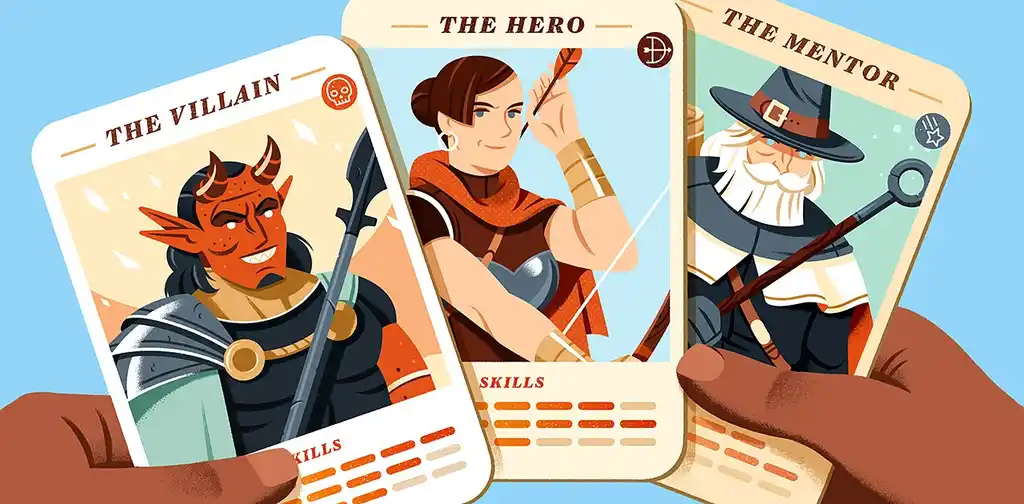
FREE RESOURCE
Reedsy’s Character Development Template
A story is only as strong as its characters. Fill this out to develop yours.
1. Give the characters wants and needs
First, it’s important to point out that your main character will be inextricably linked to your book's plot. As author Tom Bromley teaches in his course on writing novels, “the protagonist should shape the plot, and the plot should shape the protagonist.”
In this regard, the most important character building blocks are their Wants and Needs. As Bromley explains, a Want is what the character thinks will make them happy, a goal they are motivated to pursue, that propels them on an inner and outer journey.
A character’s Need, on the other hand, is something deeper, more fundamental. It’s a truth they must learn about themselves or the world around them. Most of the time, a character’s internal story arc sees them realizing that their Want was fuelled by a lie they told themselves — and coming to understand a new truth (their Need) that is the secret to unlocking their success:
- A character might want to be famous, but what they need is to be heard.
- They might want to get married, but what they need is love.
For an example, think of Joy in Pixar’s Inside Out:
- Want: Joy wants to ensure that Riley is always happy and only experiences positive emotions. This is because she believes that emotions like sadness and anger are harmful and unnecessary.
- Need: Joy needs to realize that all emotions have their place and are important for Riley’s psychological development and a healthy emotional life.
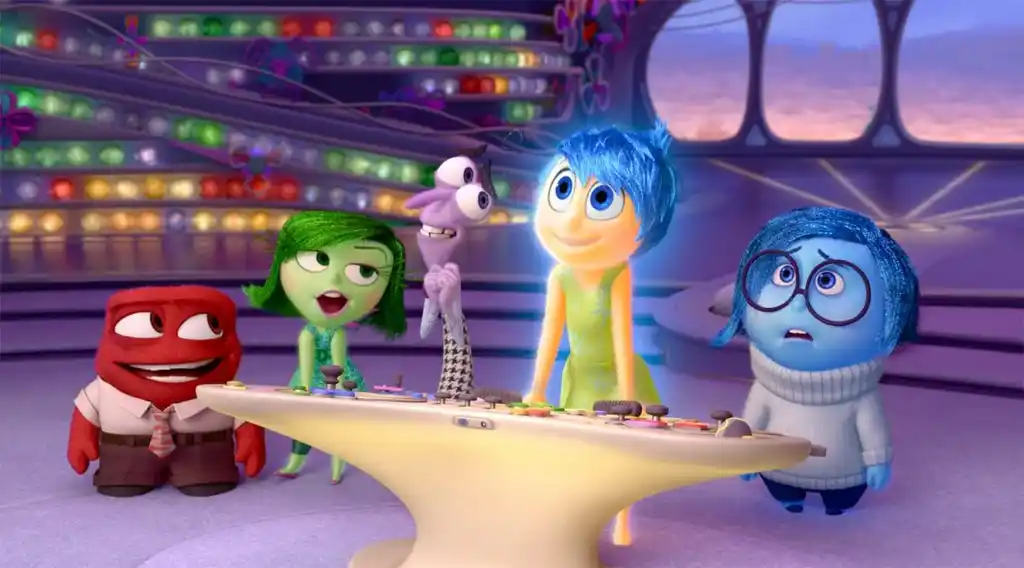
Or take Jay Gatsby (who actually doesn’t learn what he needs, and has a negative arc):
- Want: Gatsby wants to be reunited with Daisy, his long-lost love. He believes that by attaining wealth and status, he can win her back.
- Need: Gatsby must learn that happiness cannot be bought and that living in the past or for another's affection is self-destructive.
Now it’s your turn..
📝 Exercise:
- What does your character think they want?
- What do they actually need in order to feel fulfilled?
Mapping your character’s wants and needs 一 two key components of their character arc 一 will help you figure out what psychological space they’re in at the beginning of the story and in what direction they should move as the plot progresses. But to figure out whether they’ll have a smooth ride or not and what type of obstacles they might encounter, we have to know their strengths and weaknesses.

FREE COURSE
How to Develop Characters
In 10 days, learn to develop complex characters readers will love.
2. Identify their strengths and flaws
Much of the intrigue in your story will stem from how your character responds to the external and internal conflicts they face in the pursuit of their Goal. Every type of character — from superheroes to lovelorn accountants — will need both strengths to draw upon and flaws that threaten to drag them down.
If in The Lord of The Rings Frodo walked up to Mount Doom unbothered, dropped the ring in the lava, and made it back in time for a second breakfast, he’d be a dull protagonist. It’s the obstacles he faces — Sauron’s army of orcs and the ring’s power over his spirit, to name a couple — that force him to make decisions and evolve as a character.
The iconic characters we know and love tend to have a nuanced mix of positive and negative traits. Consider Woody from Toy Story: he's a charismatic figure and a natural leader among the toys, known for his loyalty to Andy. However, he can be vain and petty, so the arrival of Buzz Lightyear causes him to feel jealous and insecure.
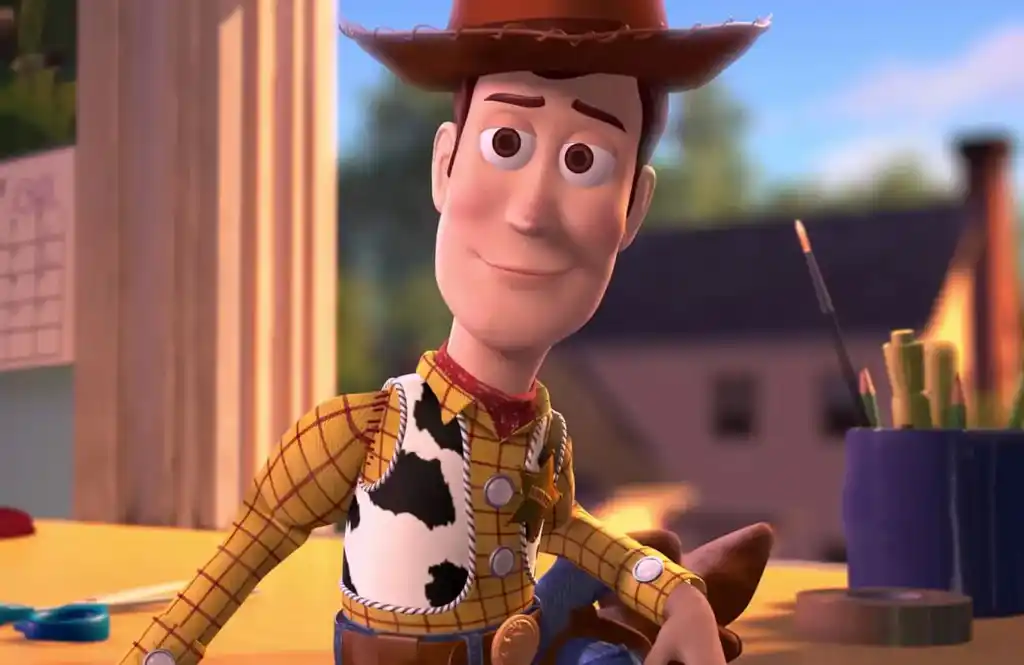
While Woody’s charisma is admirable, it's his flaws that make him relatable. We may not all relate to being the leader of the pack, but we all know the fear of being overshadowed and replaced, as well as feeling jealous and insecure.
So many of the challenges Woody faces are meant to test his strengths and flaws, from his face on the wall and bed cover being replaced with Buzz’s, to the other toys questioning his leadership and morals when he kicks him out of the window. Ultimately, he has to overcome his jealousy, cooperate with Buzz, and learn that they can both have a place in Andy's heart.
Some other common examples of character strengths are courage, intelligence, resilience, integrity, perseverance, and creativity, whereas character flaws are qualities like bitterness, arrogance, greed, selfishness, deceitfulness, and pessimism. You can find more examples of interesting flaws in this post.
📝 Exercise:
- What are your character’s best qualities?
- What are some of their negative traits?
Pick a mix of both to give your readers something to root for. Your character should be plausibly able to overcome the challenges the plot throws at them, whether that’s destroying the ring or saving the wizarding world. At the same time, there should be a real risk that your character will fail — whether they fall prey to the ring’s power at the very edge of Mt. Doom, or die in a burst of green light from the Dark Lord’s wand.
This brings us to another key piece of character development, which is sketching out your hero’s main antagonist.
🦸👰🦹
What is your character's archetype?
Take our 1-minute quiz to find out.
3. Sketch out their antagonists
An important point to make is that you can’t create a character in a vacuum. You need to define them in relation to other people and the world they inhabit. As John Truby writes in The Anatomy of Story, “[to] create great characters, think of all your characters as part of a web in which each helps define the others. To put it another way, a character is often defined by who he is not.”
Of particular importance, according to Truby, is your primary antagonist. “The relationship between the hero and the opponent is the single most important relationship in the story. In working out the struggle between these two characters, the larger issues and themes of the story unfold.”
It bears noting that the main antagonist doesn’t have to be another character (or even have evil intent). As we explain in our post on types of conflict, your hero might be up against nature, technology, society at large, or other forces that keep them from achieving what they want. Regardless of the form your story’s opposing force will take, Truby reminds us that it’s crucial to develop their morals or logic in parallel to your hero’s.
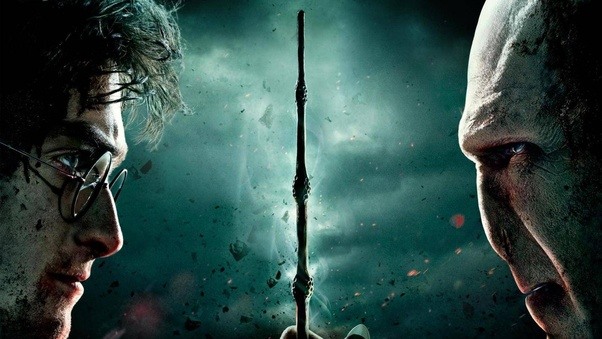
“The main opponent is the one person in the world best able to attack the great weakness of the hero. And he should attack it relentlessly. The necessary opponent either forces the hero to overcome his weakness or destroys him. Put another way, the necessary opponent makes it possible for the hero to grow.”
Think of Voldemort: an orphan and a brilliant wizard, he deeply understands Harry. He also knows his main weakness 一 the death of his parents 一 because he’s responsible for it. And he keeps putting his finger in the wound: from (indirectly) killing Sirius Black and other people he loves, to pervading his mind with fear, to literally trying to kill him. Ultimately, it’s his evil competence that forces Harry to grow into the wise and selfless man he needs to become.
📝 Exercise:
- Who is your hero’s antagonist?
- What is their background? What are their motivations?
- How do they relentlessly attack the hero?
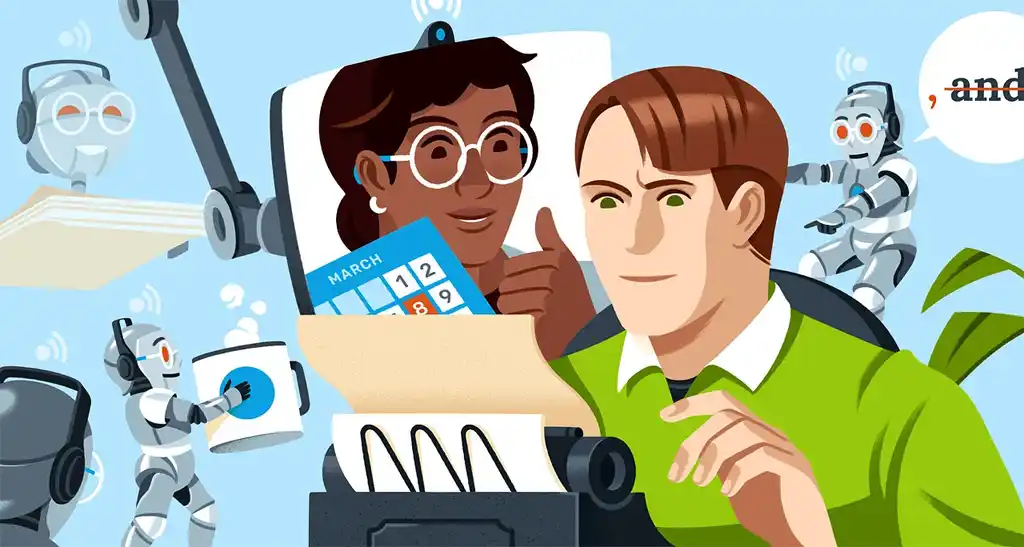
GET ACCOUNTABILITY
Meet writing coaches on Reedsy
Industry insiders can help you hone your craft, finish your draft, and get published.
And other secondary characters
While the antagonist is the most important other character in the story, you can also craft your hero by sketching out secondary characters 一 other enemies or allies who contrasts with the hero in order to highlight some qualities of their personality.
In Tarantino’s Django Unchained for example, both Django and Stephen display high intelligence and adaptability in dealing with enslavement. But their paths couldn’t be further from each other. Django uses his wit and skills to free himself and others, while Stephen embraces racism and even participates in its practices in order to gain protection and comfort for himself. The juxtaposition between Django's quest for freedom and justice and Stephen's acquiescence to the status quo of slavery sharpens Django's resolve and moral stance.
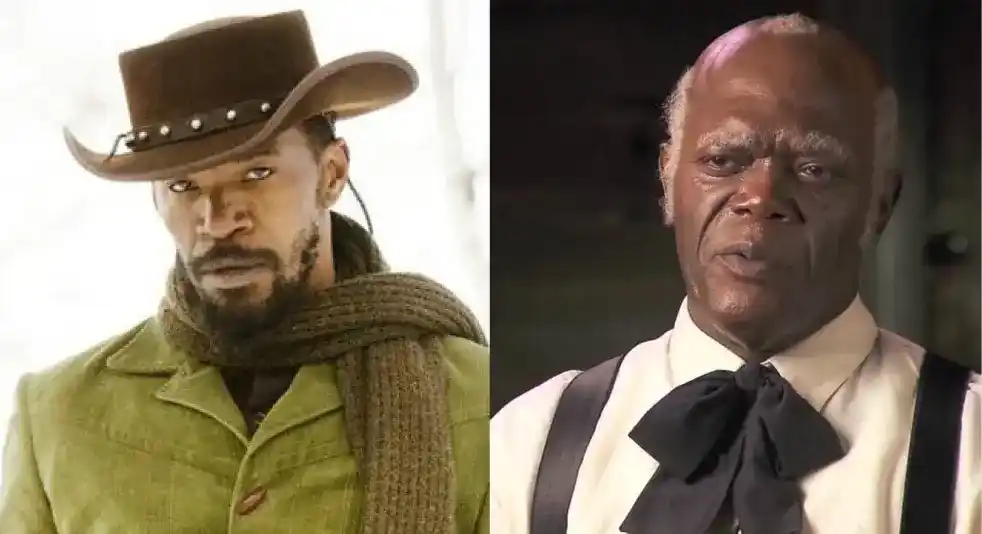
For another quick example, think of Atticus Finch from To Kill a Mockingbird: despite him remaining relatively unchanged, his steadfast belief in justice allows Scout to evolve from an innocent child into a girl with a strong sense of right and wrong.
As Truby explains, each secondary character can make the hero confront the central moral problem of the story, either by providing support and new perspectives or throwing obstacles at them trying to tear him down.
📝 Exercise:
- Who are the allies your hero will need on their path to achieve their goal?
- Which other enemies (or false enemies) can force them to grow?
Alright, after mapping the inner life of our main characters, it’s now time to look outwards..
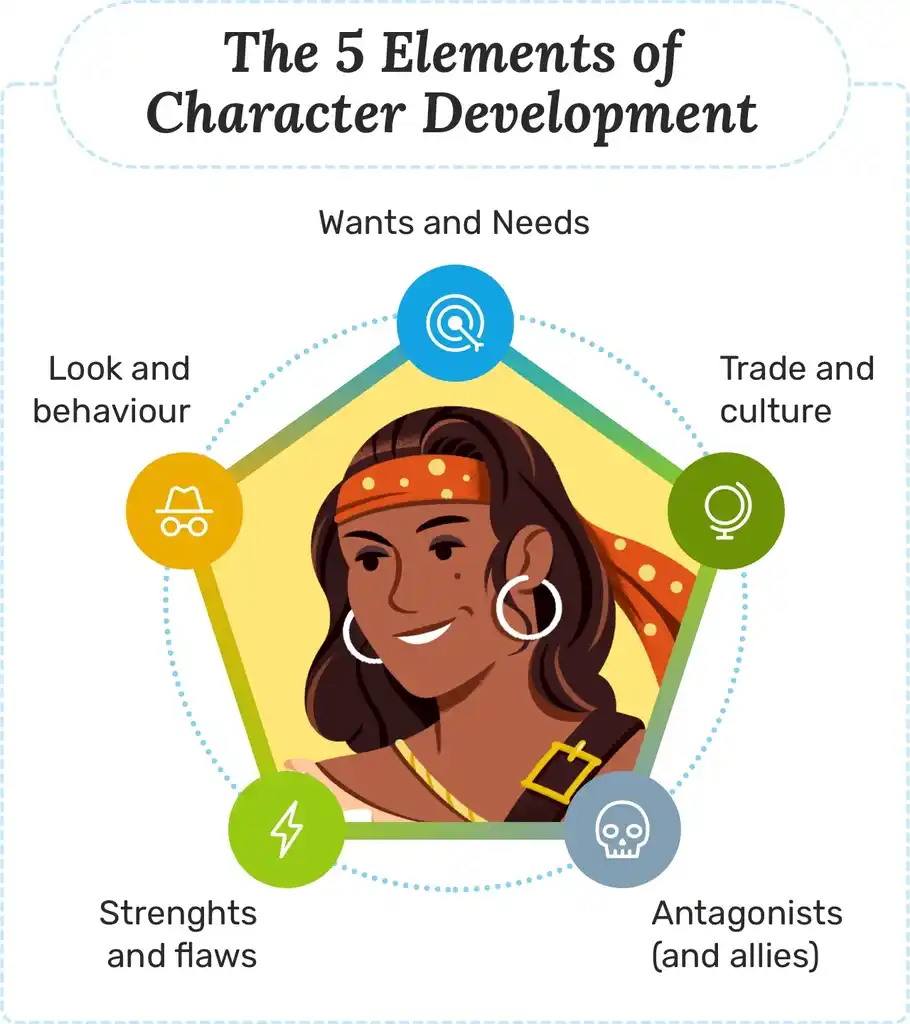
4. Develop their look and behavior
Yes, the internal goals and motivations are the "heart" of a character. But that doesn't mean that their external characteristics should just be an afterthought. Sure, the fact that your protagonist has blonde hair may not impact the plot — but it might color how other characters respond to them. So, early in your character development, put a bit of time into sketching out your protagonist's physical features.
📝 Exercise:
- Appearance: What do they look like? Does their look play a role in the story?
- Voice: What do they sound like? Does their voice match their look?
Remember that people’s looks don’t always match who they are inside. Some of the most compelling characters are baby-faced killers and brutes with a heart of gold. So try and play around with interesting contradictions.
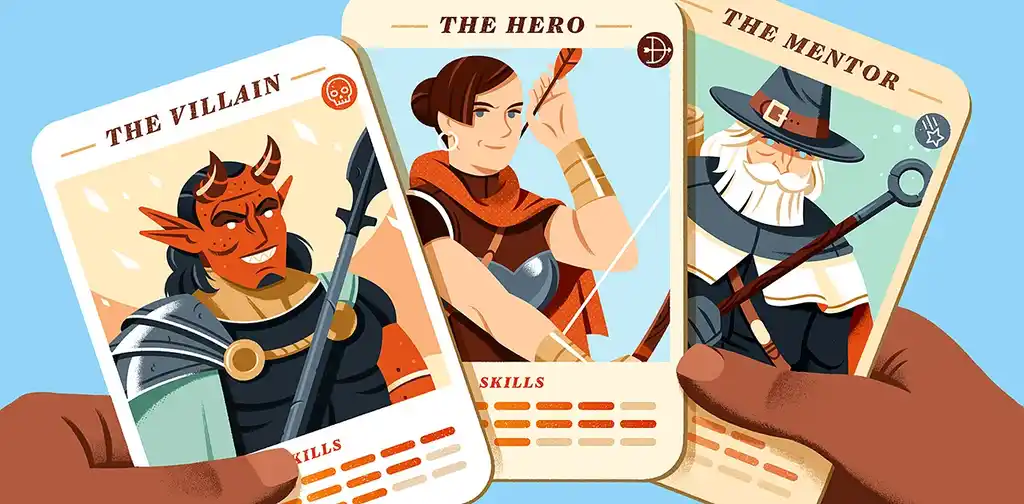
FREE RESOURCE
Reedsy’s Character Profile Template
A story is only as strong as its characters. Fill this out to develop yours.
Mannerisms
Physical traits don’t end with eye color and voice type. To make your brown-eyed alto stand out from similar characters in the literary canon, you’ll want to round out that physical profile with some distinctive behavior quirks.
After all, a character’s physicality takes so much more than describing their static body in isolation. It’s about how they move through space — and about how they interact with everything around them, from objects to other characters. By focusing on their mannerisms, you take a step towards showing instead of telling: big, bold movements imply confidence so you don’t have to spell it out, whereas frantically moving or fidgeting suggests a nervous nature.
To achieve this, you’ll want to reflect on how your character consciously and subconsciously responds to the world around them.
📝 Exercise:
- Communication style: How do they engage in dialogue? How does the way they communicate shape their relationships? Does their speech have any idiosyncrasies or quirks?
- Gait: How do they make their way around their environment, and how does this impact how they’re treated?
- Tics and tells: What do they do when they’re nervous, uncertain of how to proceed, or telling lies?
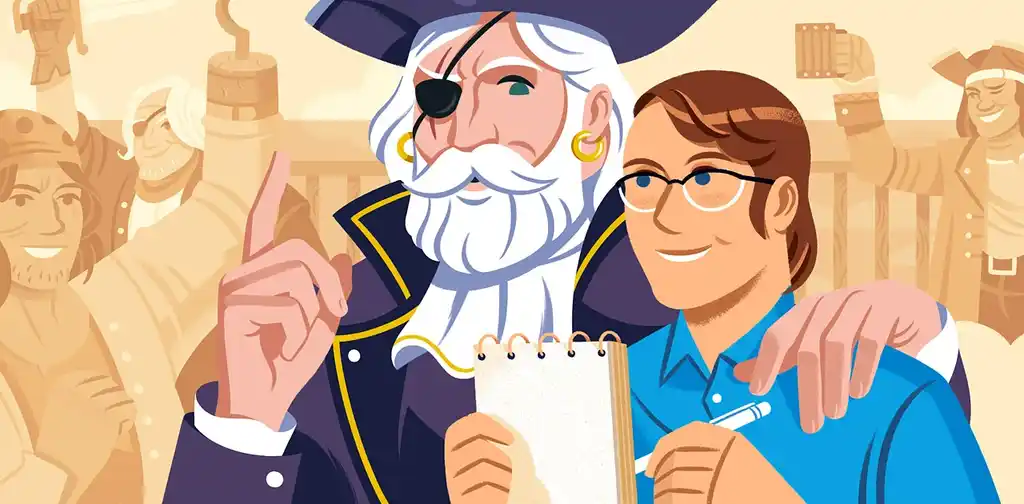
FREE RESOURCE
Reedsy’s Character Questionnaire
40 questions to help you develop memorable characters.
Some character mannerisms will be situationally dependent and can serve as a shorthand for describing a character’s emotional state. For example, Nynaeve from the Wheel of Time series tugs on her braid when she's agitated, and Bond villain Le Chiffre bleeds from his eye when under intense pressure.
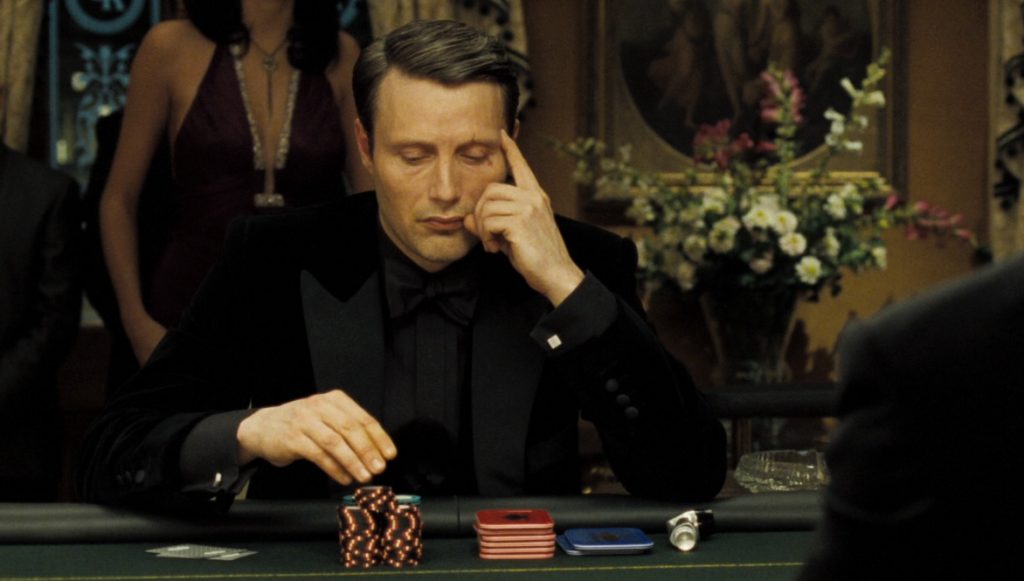
Other mannerisms, however, are part of a character’s default state — as essential to our view of them as their coloring. Just think of Draco Malfoy’s permanent sneer: it’s as much a part of him as his pale blond hair.
To make your character truly memorable, you’ll want to consider adding both these types of mannerisms to their behavioral repertoire. Anger shouldn’t look the same on everyone: someone might flare up like an inferno, going red in the face, while others turn icily polite, smiling insincerely.
Create outstanding characters with the help of pro editors!
Peter L.
Available to hire
Seasoned editor / award-winning author / college teacher / pastor. I specialize in making writing flow like water–from sentence to book.
Dan H.
Available to hire
Professional editor of SFF/Horror. Have worked with bestselling authors Shauna Lawless, Gemma Amor, Stacey McEwan. (No AI please.)
Eric H.
Available to hire
AP-trained copy editor now editing and proofreading for newsletters, university-affiliated authors, and of course my fab Reedsy clients!
5. Research their trade and culture
When it comes to character development, imagination will only take you so far. Unless you’re intimately familiar with your protagonist’s world, you’ll need to work to get the details right.
If your hero is a NASA astronaut or a veteran of the Vietnam war, there are readily available resources that will let you find out what their life might be like. You might uncover small details that are key to bringing them to life — perhaps some slang they used back in the seventies, or some unusual morning routine astronauts go through.
The research doesn’t stop at your character’s main trade, but it can include everything else about their culture 一 their ethnicity, social class, political and spiritual views, education, interests, and language.
Say you’re writing a British character when you’ve never set foot outside of Florida, you’ll want to do a bit of research when scripting his dialogue. Perhaps you could search “croydon slang” on YouTube or watch a British-made TV show set in the character’s hometown to collect some helpful examples of speech.
By now, you will have chiseled away at the blank marble and uncovered enough about your character to have a good sense of them. You can now work on the fine details — those subtle psychological touches — by putting them through these eight character development exercises or by getting character feedback from groups such as CharacterHub.
If you’re not sure how your characters might be received by people from different backgrounds consider engaging the services of a sensitivity reader. Think of them as research assistants, committed to making your character development as authentic and nuanced as possible.
Be patient with yourself. Character development is hard. It will take a little time (and a lot of refining) before you’ll create a protagonist as complex and real as a person, but when you do — you’ll know it and your readers will thank you for it. With a fully developed character by your side, your story will almost start writing itself.



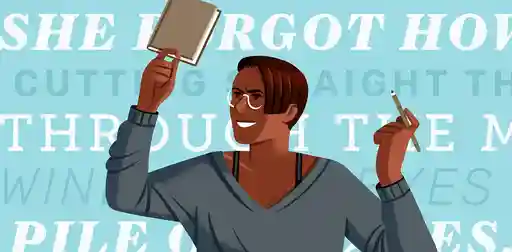

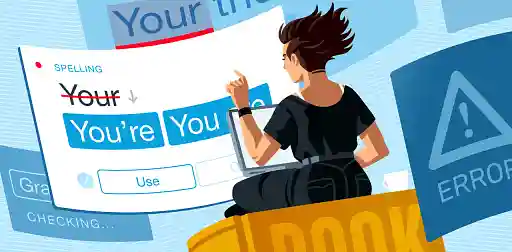


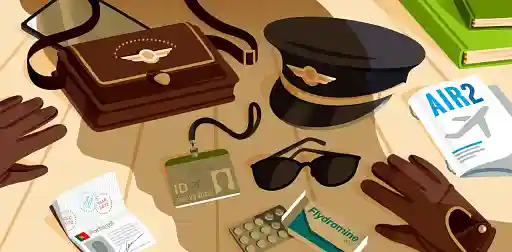

2 responses
Diane says:
07/06/2018 – 09:01
Indeed Indeed Indeed. Brilliant article. Everything is simple and difficult in the same time. But with this tips it is easier to create your full tutoriage character.
Nate says:
16/04/2020 – 19:50
clearly the writers of star wars episodes 7, 8, and 9 never read this article.